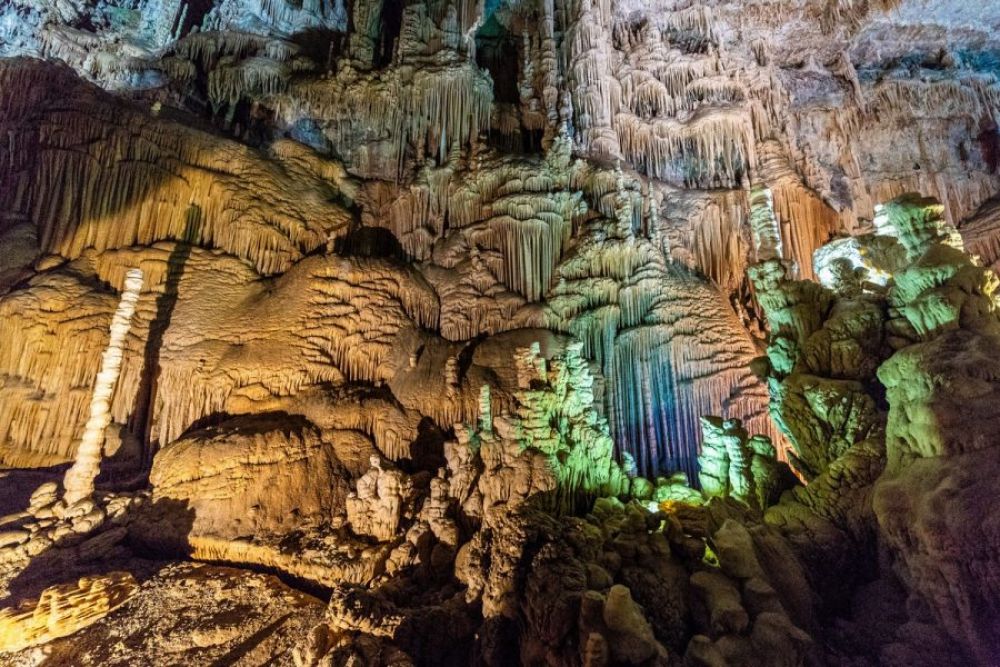

Lebanon, often referred to as the "Switzerland of the East" due to its picturesque landscapes and vibrant culture, has a rich history of tourism that dates back to the 19th century. During that time, Lebanon was a destination for intellectuals and adventurers drawn to its historic sites, Mediterranean climate, and cosmopolitan cities. In the mid-20th century, Beirut emerged as a luxurious travel destination, attracting celebrities and travelers from across the globe with its cultural sophistication and nightlife.
However, the Lebanese Civil War (1975-1990) severely impacted the tourism industry. Once the conflict had resolved, the nation strived to rebuild its tourism sector and showcase the harmony between its historical wealth and modern appeal. In recent years, Lebanon's tourism has flourished once again, becoming an essential part of the economy and showing resilience despite regional challenges.
In the current tourism landscape, Lebanon has witnessed a shift towards ecotourism and agrotourism, with many visitors seeking authentic experiences. From the sustainable wine tours in the Bekaa Valley to the conservation projects in the rugged mountains of the Shouf Biosphere Reserve, Lebanon caters to those looking for immersive cultural and environmental activities.
Moreover, the Lebanese culinary scene is becoming a significant attraction. Lebanese cuisine, known for its variety and richness, is drawing food enthusiasts to the different regions to explore traditional dishes and innovative culinary fusions.
The Jeita Grotto, located in the Nahr al-Kalb valley just 18 kilometers north of Beirut, is a compound of crystalline limestone caves considered one of Lebanon's most famous natural wonders. There are two separate but interconnected limestone caves, the lower and the upper grotto, distinguished by their unique geological features and the experiences they offer.
The fascinating history of Jeita Grotto dates back to prehistoric times when these caves were formed. However, it was only in 1836 that William Thomson, an American missionary, rediscovered them and brought them to public attention. Since then, Jeita Grotto has been a focal point of both national pride and tourism in Lebanon.
Due to its outstanding geology of stalactites and stalagmites, the upper grotto is primarily a dry cave. The array of crystallized formations, some of which are millions of years old, creates a mystical atmosphere that has attracted tourists from all around the world. Access to the upper section is by a cable car that offers a thrilling ride with breathtaking views. Once inside, visitors follow a well-lit walkway that snakes through the grotto, showcasing the extraordinary natural artistry.
The tourism experience at Jeita Grotto is comprehensive. Beyond exploring the caves, visitors can also enjoy boat rides on the underground lake in the lower grotto, mini-train rides, a zoo, and gardens. Jeita Grotto has been a finalist for the New 7 Wonders of Nature, which has only bolstered its reputation as a must-visit destination in Lebanon.
Note: It's important to confirm the operating hours and visiting conditions of Jeita Grotto since they can vary depending on conservation work and seasonal factors.